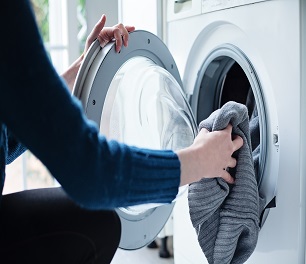What You Need To Know About Microfiber Pollution
2024.09.05
Awareness is increasing about the presence of microplastics in our seas, land, and air — and of their negative effects on ecosystems, animals and people.
The wearing and washing of textiles made from synthetic (plastic) fibers is one recognized source of microplastics in the environment.
These microfibers, which are stripped and carried off by friction and turbulence in the washing machine, enter our wastewater, eventually ending up in the environment.
To address this problem, different evaluation methods were developed by various well-recognized global organizations.
SGS has been conducting research on microfiber testing since 2016. Our goal is to develop a test method that is robust and reproducible and can be commonly adopted by the industry to assess the fiber releasing performance.
In April 2020, The Microfiber Consortium (TMC)3 approved SGS textile testing laboratories to carry out tests for TMC member organizations according to the internal TMC test method. The new testing service focuses on the fiber releasing performance of the fabric materials, which helps to understand the effect of fabric structures and different treatment processes during the fabric production on the fiber releasing performances. The method also allows faster access to microfiber releasing performance data with the accelerated washing procedures.
If you are already a member of TMC, SGS can serve as your testing partner when facing the upcoming challenges of microfiber pollution in the textile industry by providing reliable testing services according to the TMC method.
Please subscribe and contact us at sl.ticmall@sgs.com in TIC Mall for more detail.









